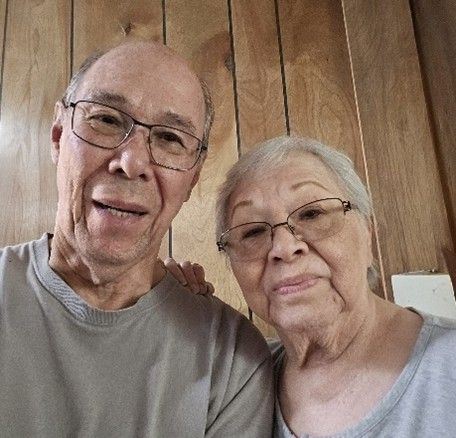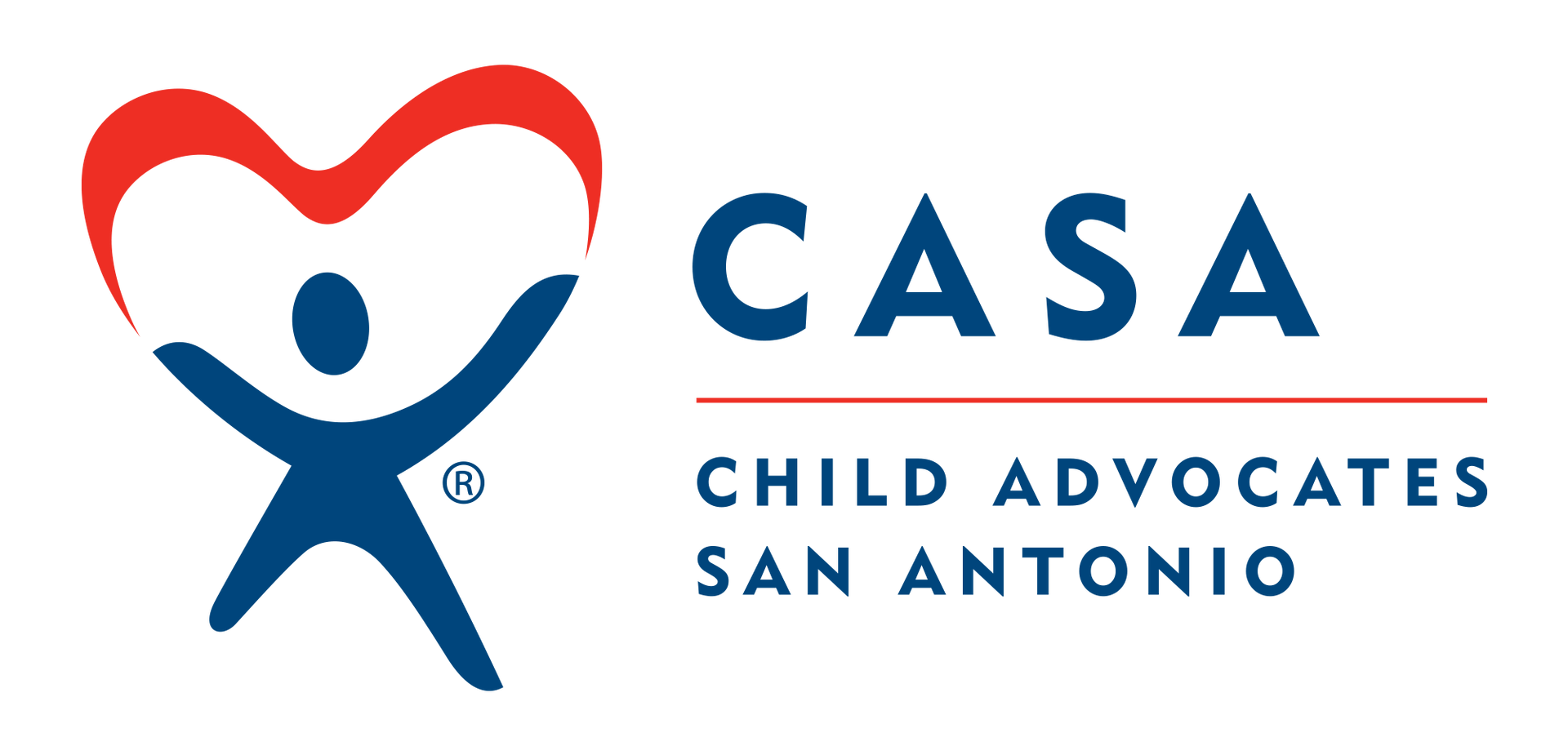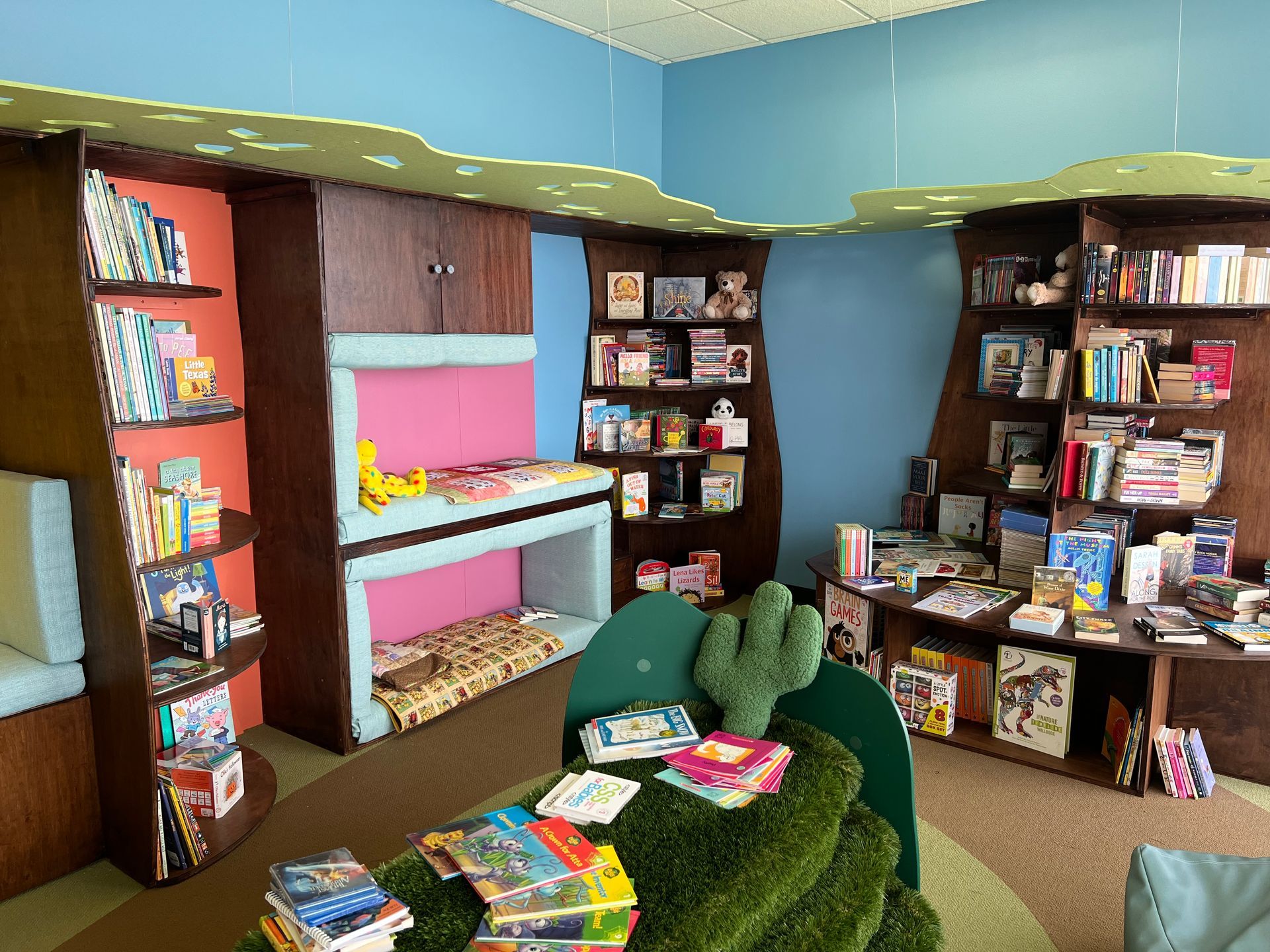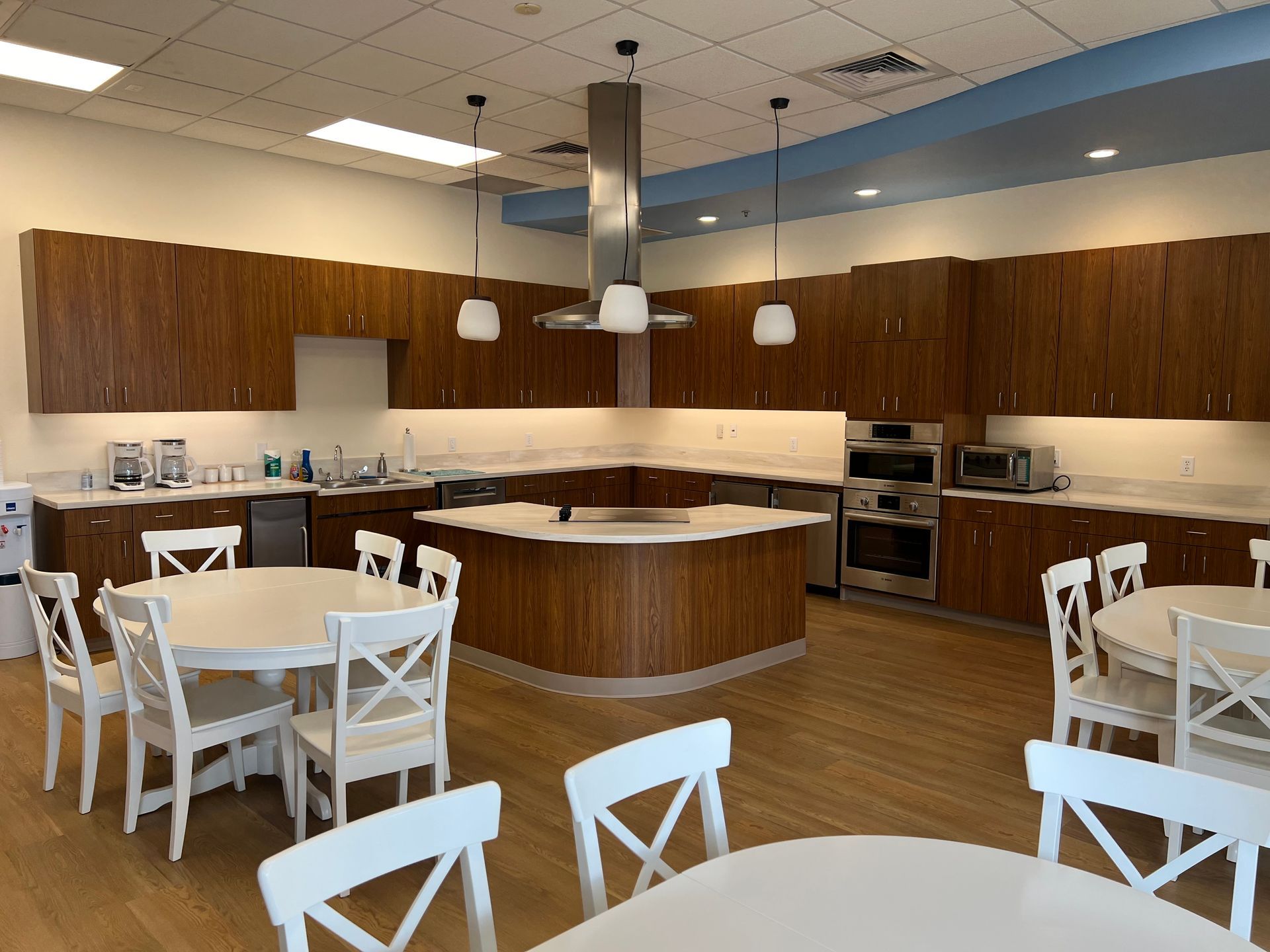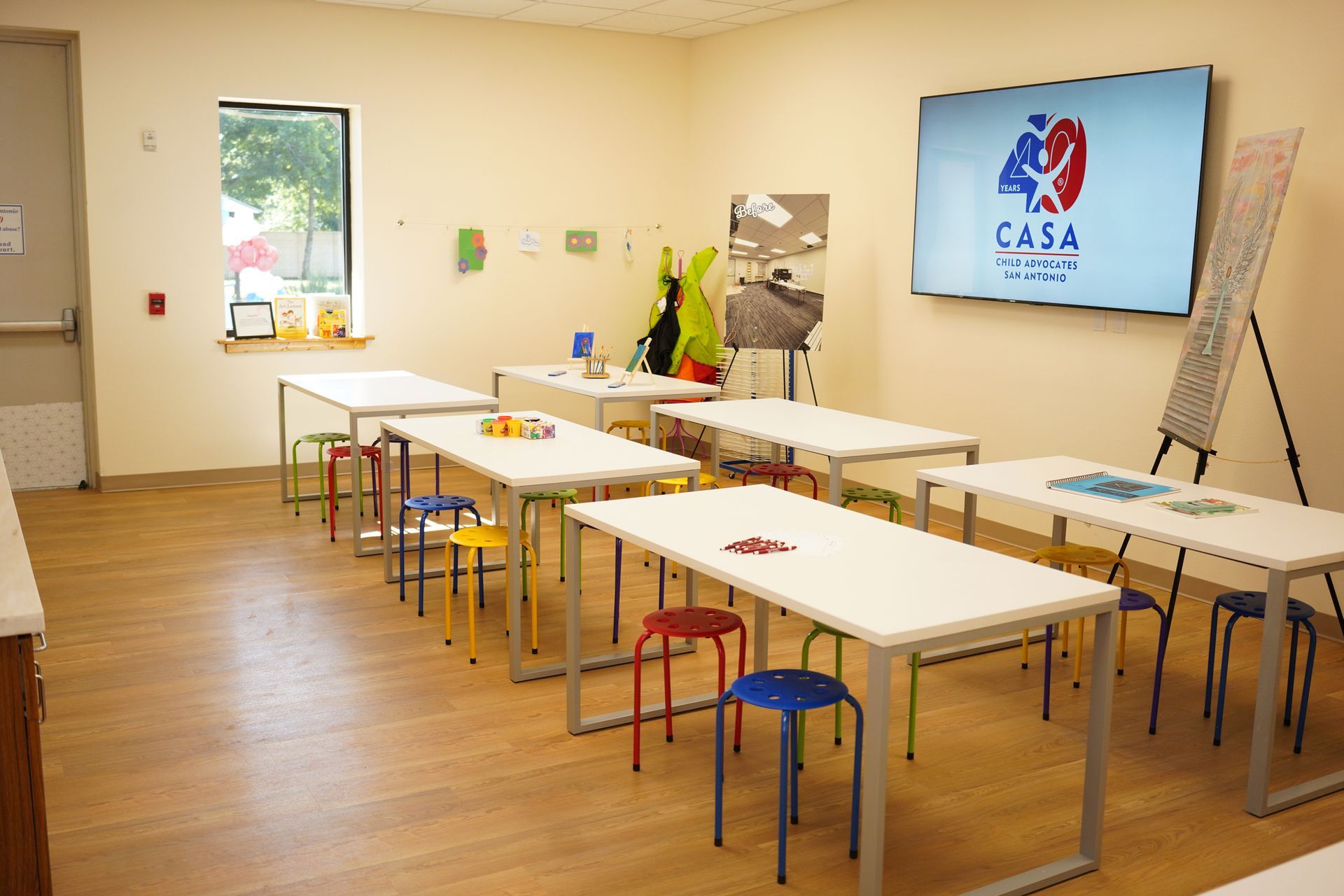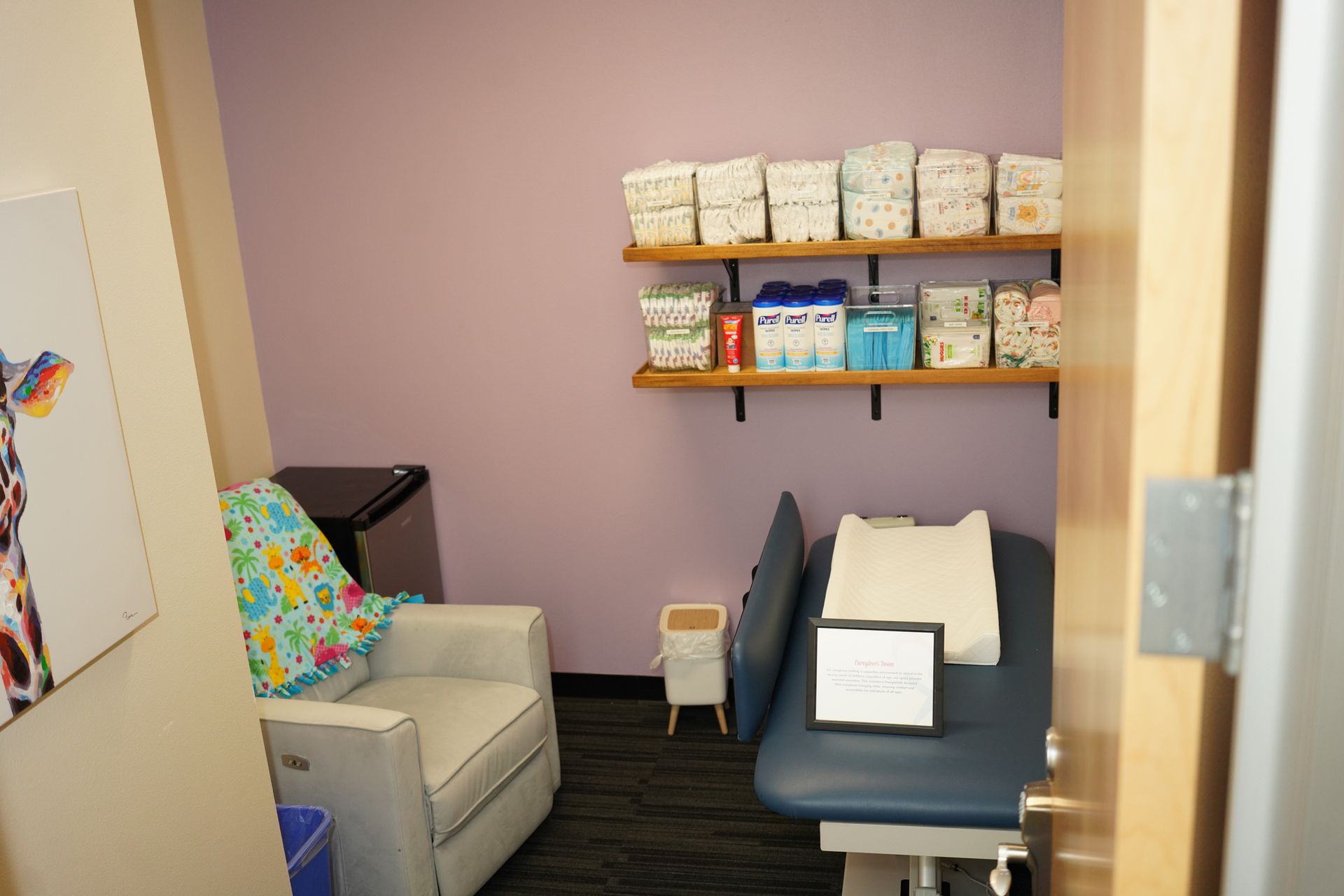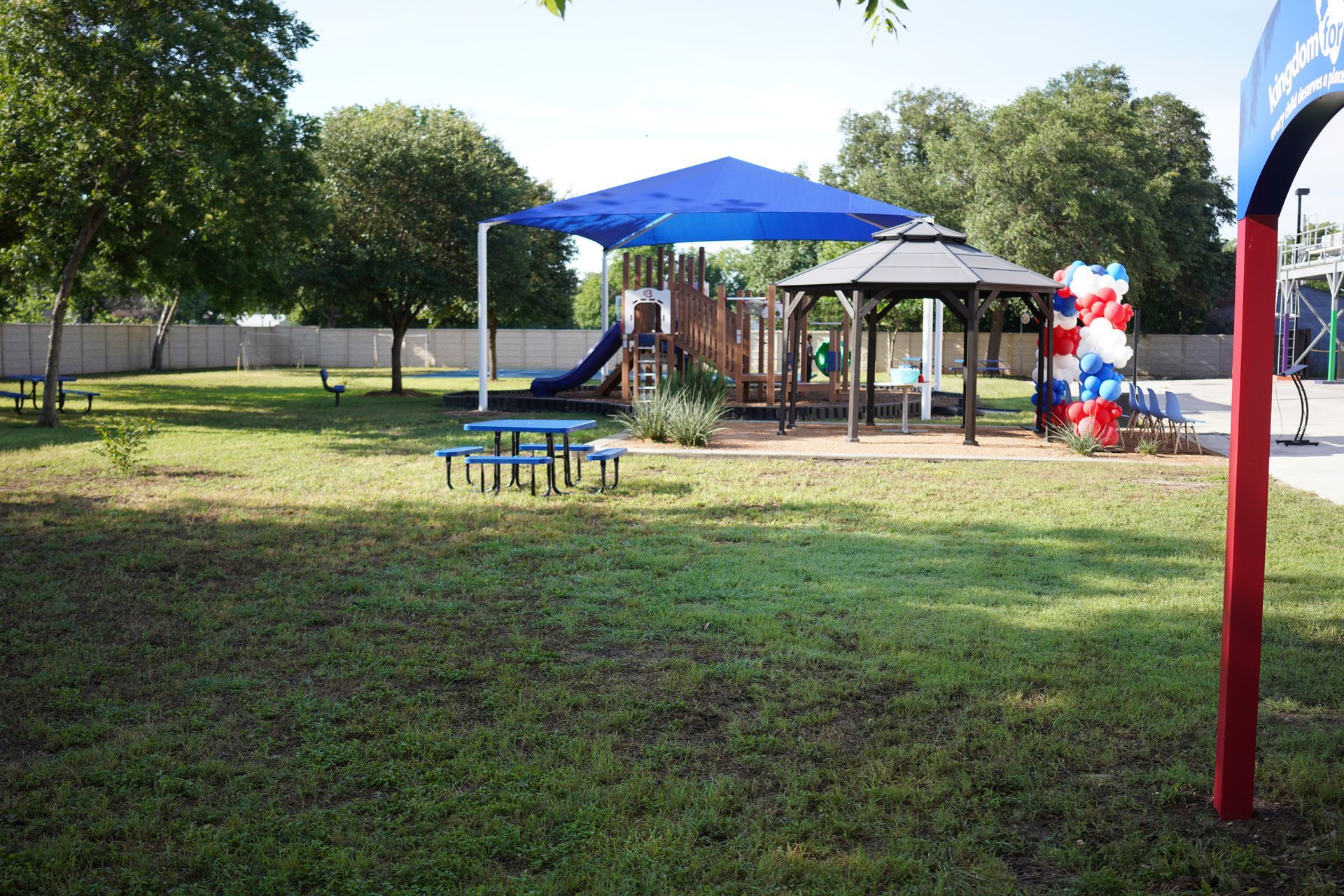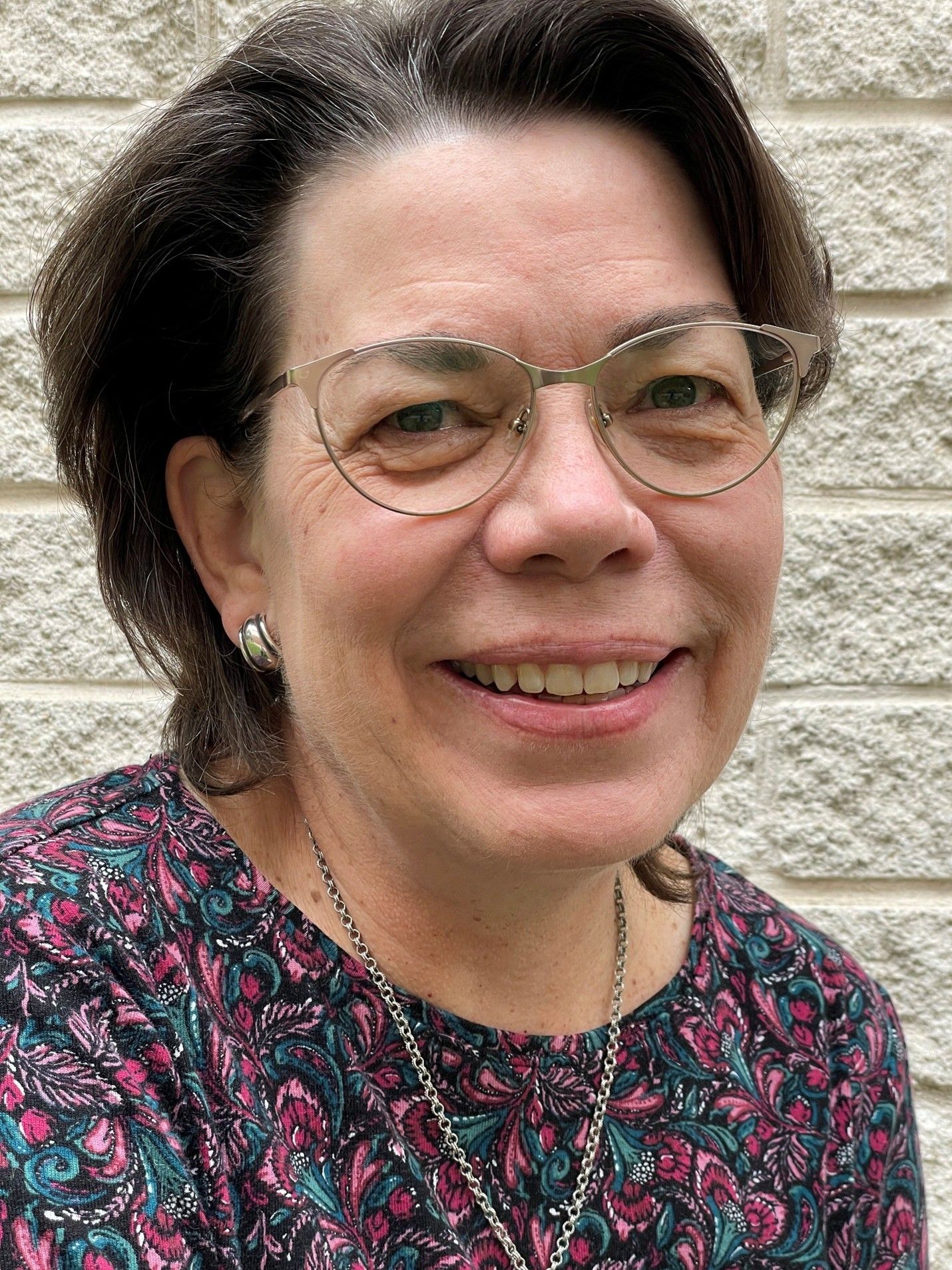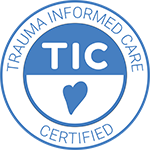Unveiling The Harvey E Najim Campus Remodel
Bloom Where You're Planted in CASA's Newly Renovated Space
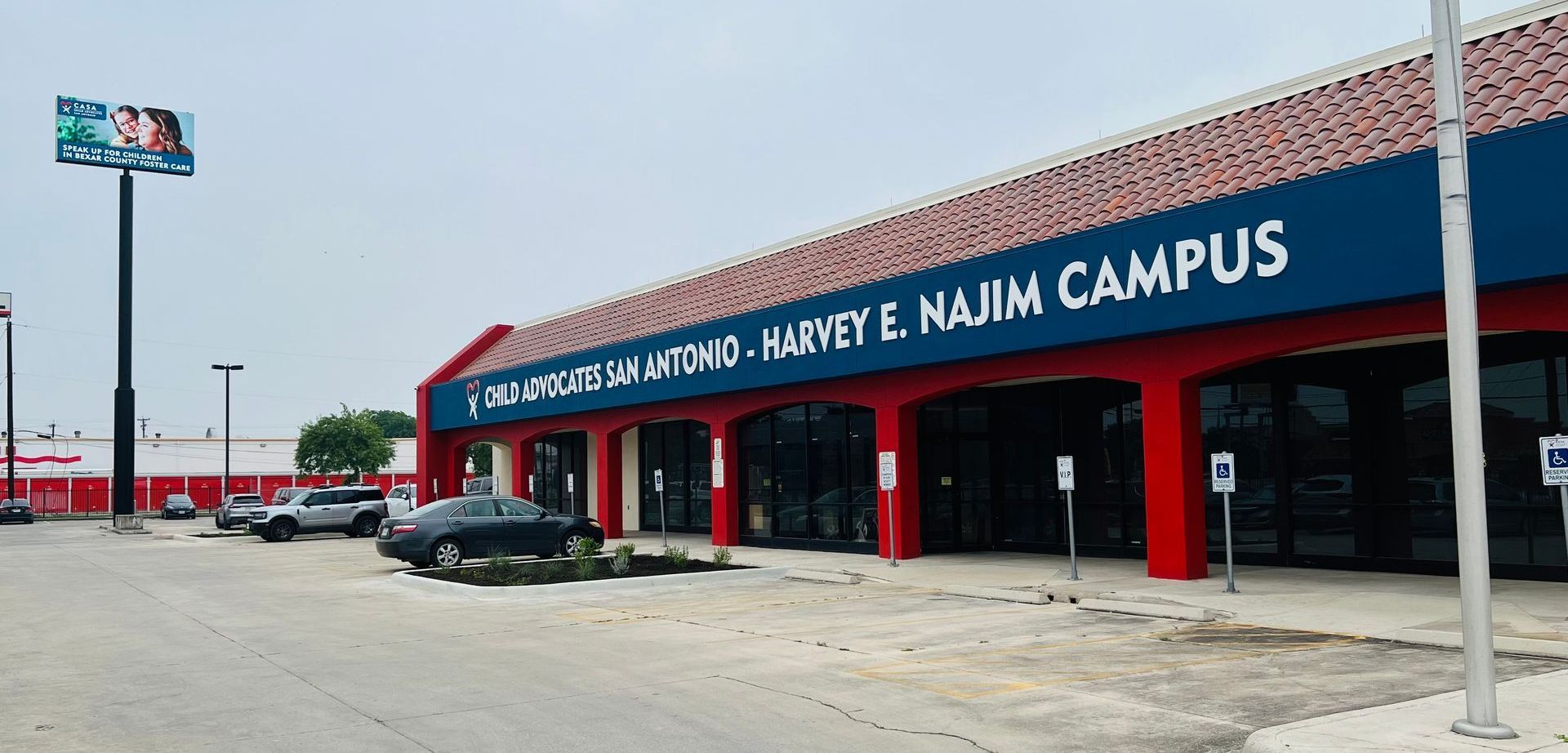
Every child has many needs. They need clothing and shelter, food and warmth, safety and above all else, love.
The children we serve need more. They did nothing to deserve the harm that has been inflicted upon them by those who should have cared the most. After the neglect and abuse our children have suffered, they need to be safe and cared for, and they need spaces that make them feel safe, worthy and loved.
A place they want to come to, where they can put down their worries. A place where fun happens, and they can play, learn, heal, and be a kid, even a big kid.
Our advocates meet regularly with their CASA children and often are left with few choices of where to go, and everything comes at a cost. This reimagined, trauma-informed building gives our dedicated advocates somewhere to come with the child or children they serve.
They can plan a full day of fun and learning, and from the moment they drive up and walk in, the cheerful, soothing Texas wildflower color scheme gives a sense of calm.
Advocates and children can make a simple meal together and go for a swing while it cooks, and then visit the Shop for a needed item or maybe a gift for a sibling’s upcoming birthday. They can pop into the giving library and pick up a book or two to keep, perhaps enjoy story telling time or play in the creative cubbies.
Older youth can learn to do laundry, shoot some hoops in Harvey’s Park while they wait for it to dry, and then challenge their Advocate to a Mario Kart race in the game room.
Maybe a child, young or older, feels creative. They can draw, paint or even mold clay in the art room together.
Play and movement are essential in lowering heightened stress levels for children. When a child relaxes, they can feel more comfortable sharing their experiences and feelings, which allows connection and healing.
By deepening the relationship with a child, the Advocate gets to know the child better. The more they know, the better they can work for the best interests of the children. I have such gratitude for all those who have and do support CASA in realizing this vision. The result is a campus full of care, safety, and love for our children.
Every aspect of our building has been intentionally planned, driven by our values-based leadership lens. As the building has transformed, our agency has too. We are in challenging times with volunteer recruitment being nationally difficult and the severity of harm suffered by children making cases so much harder. Our values of excellence, integrity, compassion, and commitment give us a solid foundation to stand on and to maintain as our true north.
As a community partner, we are committed to intentional active collaboration by providing space for our partner agencies, including family visits with CPS, and meeting space for other organizations that provide impact on our community. In our neighborhood, we will continue to provide space for community events and meetings. The giving library will have days open for our neighbors, and the electronic sign will provide important information on events held at CASA and in times of crisis.
You are all a part of this, through your caring, your support, your generosity, and your belief in the vision of all that this building could be and mean to the children we serve. Thank you.
We did it, y'all!
